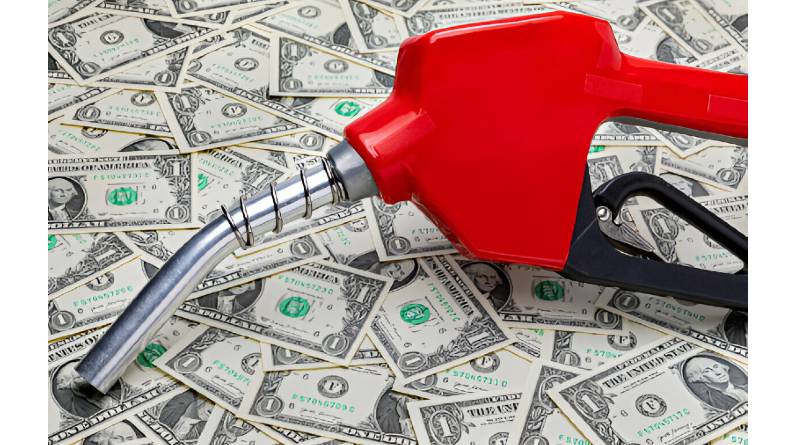To many people, the price of gas seems to be on a constant upswing. Maximizing your vehicle’s fuel efficiency can save you some serious cash whether you drive a compact car, an SUV, or a hybrid. Here are some tips so you can hopefully squeeze more miles out of every gallon of gas.
1. Apply a Gentle Foot
Focus on smooth acceleration and braking versus aggressive acceleration and hard braking. For example, start stopping your car earlier at red lights and stop signs when you can anticipate them. Slower deceleration minimizes fuel waste.
Similarly, gradually apply pressure to the gas pedal rather than forcing your car to rocket to a start. Follow other cars at a good distance to reduce the chances you will need to brake abruptly. (It is also safer!) In bad weather, increase your following distance to at least five or six seconds from the recommended three to four seconds in good weather.
2. Stay at a Consistent Speed
Consistent speeds are great for more efficient engine operation. When you’re on the highways, use cruise control to improve gas efficiency. However, if you’re in hilly areas, you may want to switch the cruise control off. It can eat up more gas than if you adjust your speed as needed.
3. Cut Down on Idling
Idling eats up more gas than restarting your engine. If you think your car will be stopped for more than a minute, turn off your engine and restart it when you’re ready to move again. Fortunately, many new vehicles have technology to help with this.
For example, if you’re looking at a new Ford for sale, chances are that it has auto start-stop. It may not work in some situations such as if the vehicle battery is charging, though, or if the engine is still warming up.
4. Adjust Air Conditioning Usage
If you like keeping the air conditioner at full blast, you may want to reduce its usage. Alternative cooling options such as opening windows or using a sunshade can reduce the need to run the air conditioner and, in turn, improve fuel efficiency.
5. Inflate Your Tires Properly
Check your tire pressure regularly since your engine works harder with underinflated tires that increase rolling resistance. Proper tire inflation also has the effect of extending the life of your tires.
6. Reduce Weight Loads
Extra weight in your car can decrease fuel efficiency. If you don’t need certain items on your roof racks or in your trunk, take them out. Your engine will work more optimally because of it.
7. Combine Trips
Cold engines decrease fuel efficiency, and multiple trips mean spending more gas money. Thus, try to combine trips and routes when you can. Alternatively, plan ahead to reduce trip frequencies. For example, instead of going to the grocery store 10 miles away every day, see if you can go every other day or even once a week.
Conclusion
Incorporate the above tips into your driving routine. These small changes can lead to big benefits, saving you a good deal of money and time.



